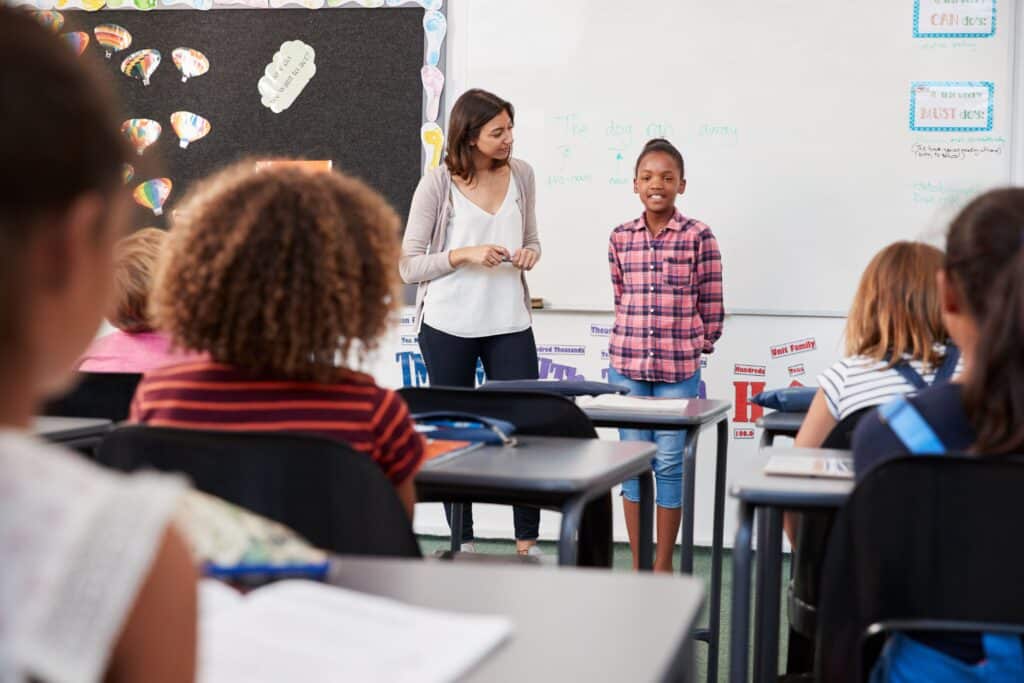In the vibrant tapestry of a classroom, where young minds converge and futures begin to take shape, the initial threads of connection are paramount. Just as a skilled weaver carefully lays the foundation for an intricate design, educators must thoughtfully introduce activities that foster a sense of belonging and understanding among their students. Get to know you activities for students embody this necessary introduction and connection.
This seemingly simple phrase unlocks a wealth of pedagogical strategies designed to transform a collection of individuals into a cohesive and supportive learning community.
The first few days, even weeks, of a new academic year or semester are critical for establishing a positive classroom climate. Students who feel seen, heard, and connected are more likely to engage in learning, participate actively, and develop strong social-emotional skills.
Consider this: a new student, Sarah, walks into her fifth-grade classroom, her eyes wide with a mixture of excitement and apprehension. She doesn’t know anyone, and the sea of unfamiliar faces feels daunting. However, her teacher, Ms. Evans, immediately engages the class in a “Two Truths and a Lie” activity.
As students share intriguing snippets about themselves, Sarah discovers that another student in the class also loves to read fantasy novels, and another has a pet hamster just like hers.
Suddenly, the classroom feels a little less intimidating, and the possibility of making connections begins to blossom. This simple activity, a “get to know you” strategy, has laid the groundwork for Sarah to feel more comfortable and integrated into her new environment.
Why “Get to Know You” Activities Matter
The benefits of incorporating intentional “get to know you” activities extend far beyond simply breaking the ice. These activities:
- Build a Foundation of Trust and Respect: When students share aspects of themselves and learn about their peers, it fosters empathy and mutual respect. This foundation is crucial for creating a safe and inclusive learning environment where students feel comfortable taking risks and expressing their ideas.
- Promote Social-Emotional Learning (SEL): Many “get to know you” activities naturally encourage self-awareness, social awareness, relationship skills, and responsible decision-making – key competencies within the SEL framework.
- Facilitate Classroom Management: A classroom where students feel connected and understand each other is often a classroom with fewer behavioral issues. A sense of community reduces feelings of isolation and encourages cooperation.
- Enhance Engagement and Participation: When students feel comfortable and connected, they are more likely to participate actively in class discussions and collaborative projects.
- Inform Instruction: Listening to students share their interests, experiences, and learning preferences can provide valuable insights that inform instructional planning and differentiation.
Effective “Get to Know You” Activities for K-12 Students
The key to selecting effective “get to know you” activities is to consider the age and developmental stage of your students, the time available, and your specific learning objectives. Here are some adaptable ideas for various grade levels:
Elementary School (K-5)
- “Find Someone Who…” Bingo: Create bingo cards with squares like “Has a pet,” “Loves to read,” “Plays a sport,” or “Has a birthday in the same month as you.” Students mingle to find classmates who fit the descriptions and get their squares signed.
- “Two Truths and a Lie”: Each student shares three “facts” about themselves – two true and one false. The class guesses which statement is the lie. This encourages critical thinking and active listening.
- “My Favorite Things”: Students draw or write about some of their favorite things (color, food, animal, hobby). These can be shared in small groups or displayed in the classroom.
- “Would You Rather?” (School-Appropriate): Pose fun, lighthearted “would you rather” questions (e.g., “Would you rather have the ability to fly or be invisible?”). Students can discuss their choices with a partner or in a small group.
- “Classroom Scavenger Hunt”: Create a scavenger hunt with clues that require students to ask each other questions to find the answers (e.g., “Find someone who knows the capital of our state”).
Middle School (6-8)
- “Human Knot”: A collaborative physical activity where students stand in a circle, reach across and grab two different hands, and then work together to untangle themselves without letting go. This promotes teamwork and communication.
- “Speed Friending”: Students pair up and have a short, timed conversation (e.g., 2 minutes) answering specific prompts (e.g., “What’s a book you enjoyed recently?”). They then switch partners and repeat the process.
- “Personal Timelines”: Students create a visual timeline of significant events in their lives. They can share these in small groups, focusing on the feelings and lessons learned from those experiences.
- “Common Ground”: In small groups, students try to find as many things as they have in common as possible. This encourages active listening and identification of shared interests.
- “If You Really Knew Me…”: Students write down a few things about themselves that others might not readily know. They can share these anonymously, and the class can guess who wrote each one.
High School (9-12)
- “Interest Inventories”: Use surveys or questionnaires to gauge student interests, learning styles, and goals. This information can be used to inform instruction and create small groups based on shared interests.
- “Debate Introductions”: Divide students into pairs and have them interview each other. Then, each student introduces their partner to the class as if they were advocating for them in a friendly debate about who is the more interesting person.
- “Four Corners”: Pose a thought-provoking question with four distinct answer choices. Students move to the corner of the room that corresponds to their choice and discuss their reasoning with others in that corner.
- “Expert Groups”: Divide students into small groups and assign each group a different topic related to the course or a general interest. Each group researches their topic and then presents their “expertise” to the rest of the class.
- “Bucket List Brainstorm”: Have students brainstorm things they want to accomplish or experience in the future (school-related or personal). They can share a few items with a small group and discuss their aspirations.
Tips for Implementing “Get to Know You” Activities Effectively
- Be Prepared: Have all necessary materials ready before the activity begins.
- Provide Clear Instructions: Explain the activity thoroughly and answer any questions students may have.
- Model Participation: If appropriate, participate in the activity yourself to demonstrate engagement and create a more comfortable atmosphere.
- Encourage Respectful Listening: Remind students to listen attentively and respectfully to their classmates.
- Create a Safe Space: Emphasize that the goal is to learn about each other in a positive and supportive way.
- Be Mindful of Time: Choose activities that fit the available time frame.
- Debrief and Connect: After the activity, take a few minutes to discuss what students learned and how they felt. Connect the activity to broader themes of community and collaboration.
- Adapt and Modify: Don’t be afraid to adapt activities to suit the specific needs and interests of your students.
By intentionally incorporating “get to know you” activities into our classrooms, we lay the crucial groundwork for a thriving learning environment. We move beyond simply teaching content and actively cultivate a sense of belonging, respect, and connection that empowers our students to learn, grow, and succeed together.
Just like Sarah in Ms. Evans’ class, every student deserves the opportunity to feel seen, heard, and valued from the very first day. Let us continue to be the weavers of strong classroom communities, one “get to know you” activity at a time.
You’ve got important career goals — we have the graduate program to get you there. Check out our available graduate degree programs to advance your career today!




